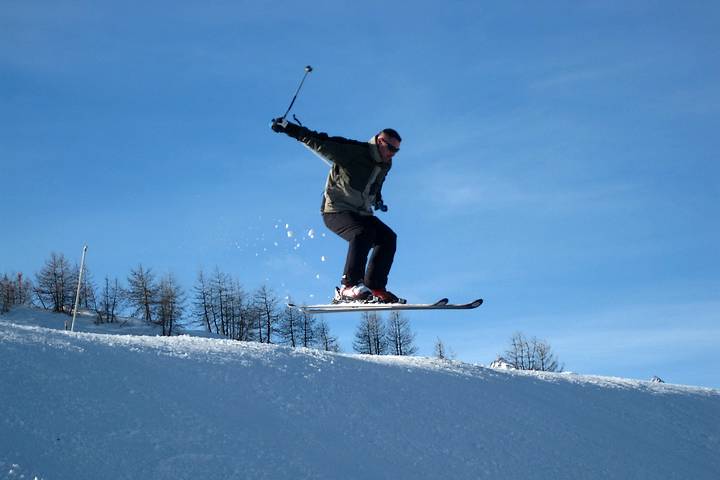
Wanting to feel the wind in your hair on winter slopes is understandable but head protection helps, against falls and damage from the sun.
Recent research from Brigham Young University focused on college students. This highlighted the lack of sunscreen use amongst younger people and increased time on sunbeds in the winter, when skin cancer risks are higher than many realise.
In the case of Brigham Young’s students, the researchers concluded they were as much at risk in the winter as summer. A position we can all be in, if we fail to appreciate that the winter sun can damage our skin.
The fall in UV rays from season to season is not substantial and they are capable of penetrating cloud cover. There are also situations we encounter in winter which make exposure more dangerous.
Sports & The Outdoors
Skiers and snowboarders often think of frostbite, or wind burn as issues, whilst taking less notice of the sun. The power of which which can be almost doubled by reflecting off snow, or ice and is stronger at higher altitudes.
At a common winter sports altitude of 2000 metres, the UV radiation is 10% higher than at sea level. Add in the increase from even average surface reflection and despite the time of year, you are as exposed as on a beach in the summer.
Misunderstanding is logical, with the northern hemisphere pointing away from the sun during winter and the temperature dropping. The atmosphere can have a greater influence and overhead conditions may seem protective but they are not.
The clouds you may be seeing are not a true barrier and there are situations where reflection from clouds enhances the UV radiation. This can make the sun’s rays more focused, increasing radiation levels.
Staying Safe
Whether taking part in activities, or walking in the hills, or mountains, safety makes sense and brings the same needs as the summer sun. Protective clothing, sunscreen, sunglasses and time outs will help.
Bear in mind that snow and strong winds can wear away sunscreen protection, so renew every couple of hours. Above all, don’t let the season fool you, the sun is still there, along with penetrating UV radiation.
This is responsible for about 90% of skin cancers, together with unwanted signs of ageing. Enjoy your activity but take care and think about the time of day, breaks from the midday sun also matter in winter.
You are welcome to read more on the advanced diagnostics and skin cancer treatment now available but avoiding this is a better idea.
